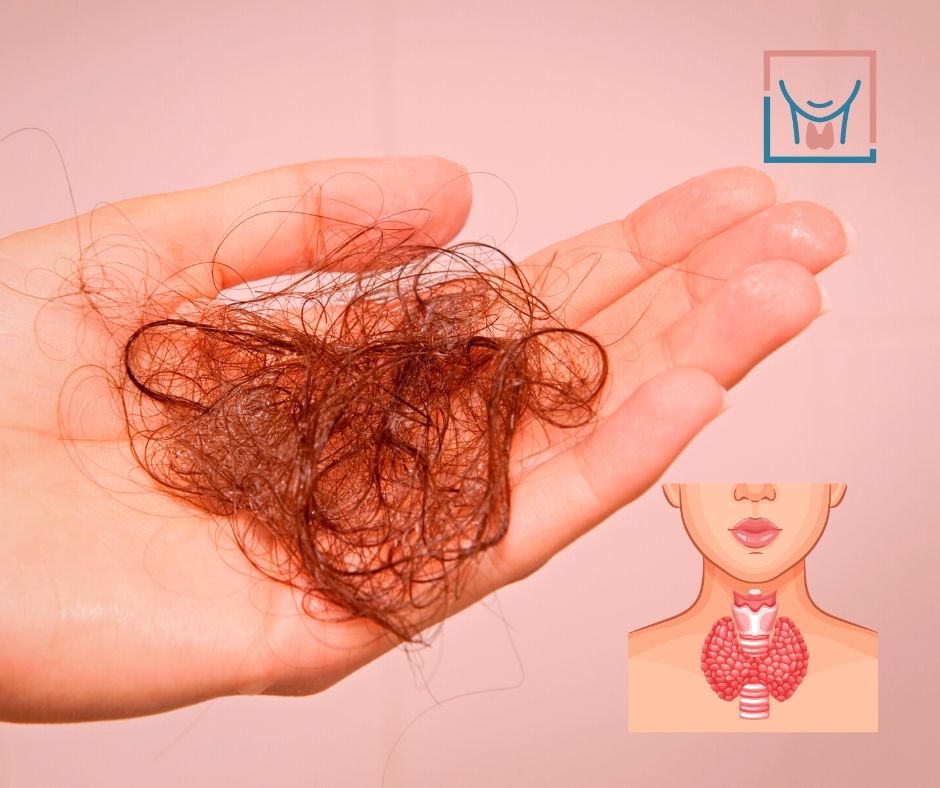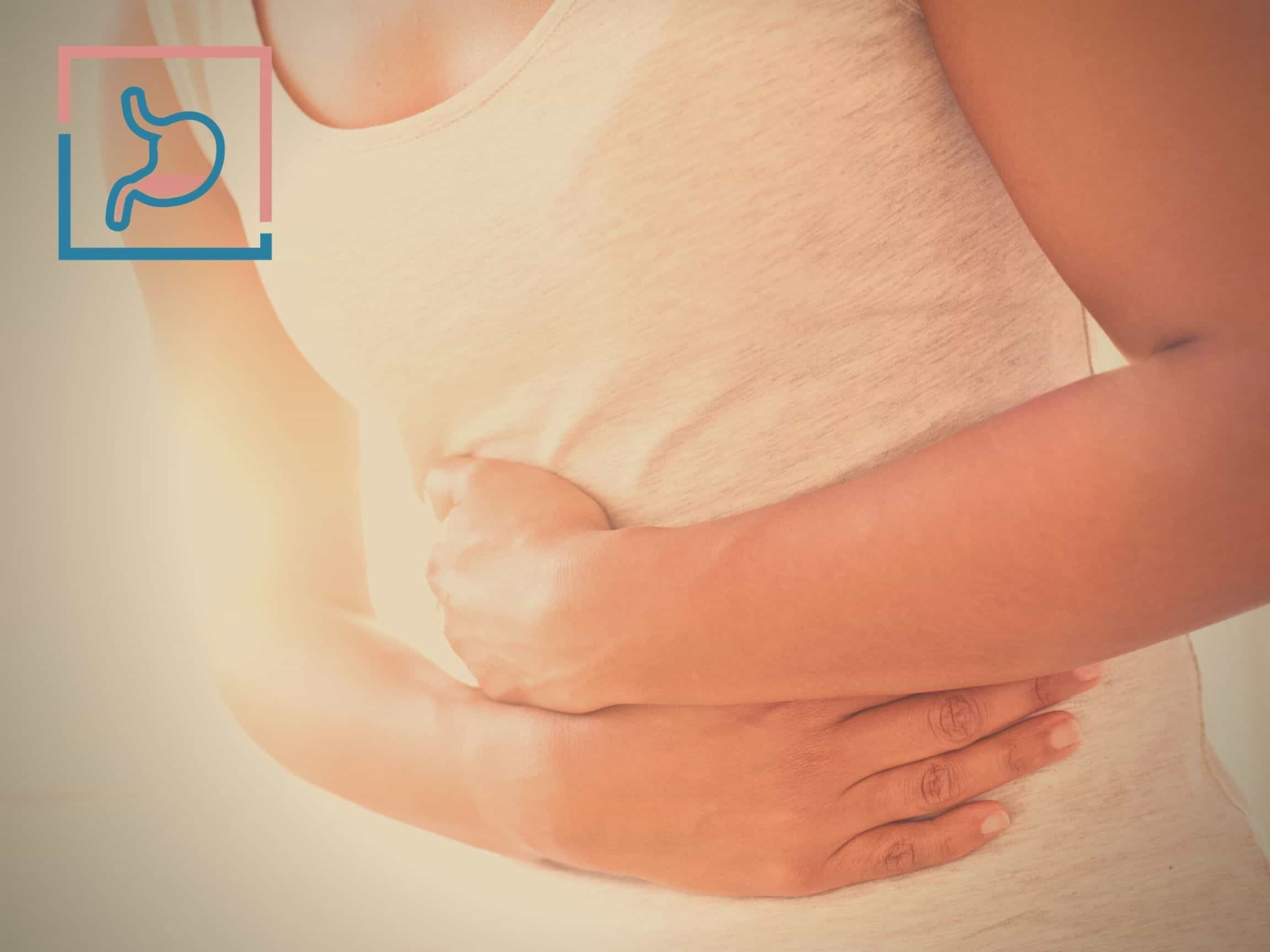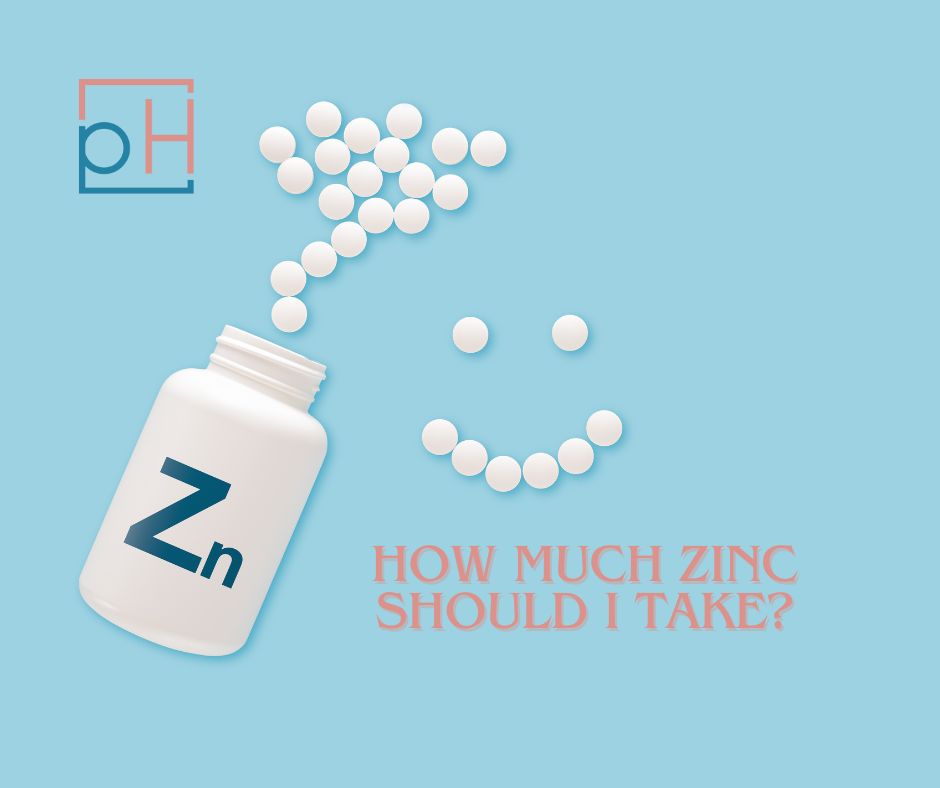What Is Dysuria?
Dysuria is the medical term for painful urination. It may feel like simple discomfort, a burning sensation, or itching when you pee. Patients feel dysuria either in the urethra or around the urethral opening.
Painful urination is generally not a severe problem; most cases are easily treated. If you’re experiencing symptoms of dysuria, make an appointment to see your healthcare professional to discuss your treatment options.
Who Gets Dysuria?
Painful urination is most common in women and anyone with diabetes or a bladder condition. However, men and women may experience this condition at any age.
Women are more likely to develop urinary tract infections, which are closely associated with pain while peeing. The female urethra is shorter than a male’s, and it’s easier for bacteria to make their way up the female urinary tract into the bladder and cause infections.
Other groups at a higher risk of developing dysuria include:
- Diabetics
- People who get kidney stones
- Anyone with a urinary catheter
- Older people
- Young children who haven’t learned good hygiene habits yet
- Men with enlarged prostates
- Pregnant women
- People with a sexually transmitted infection (STI)
- People with interstitial cystitis
Even if you don’t have these risk factors, you can still experience pain when peeing.
Symptoms
- Pain while urinating
- Burning sensation during or after urination
- Strong-smelling urine
- A strong urge to urinate
- More frequent urination
- Abdominal pain
- Urge incontinence (leaking urine associated with a powerful urge to urinate)
- Altered urinary microbiome
If you have any of these common symptoms of dysuria, seek medical advice. You should be screened for a urinary tract infection, which needs antibiotics.
Diagnosis
Healthcare providers diagnose dysuria by taking your medical history and performing a physical examination. They will perform a urinalysis with a urine culture to look for bacterial infections or do a vaginal exam and swab test for pathogens.
Your doctor will ask you about whether you have or have a family history of diabetes, immunodeficiency disorders, bladder disease, and sexual history. Discharge from the penis or vagina will prompt a test for STIs. Women may be given a pregnancy test.
If you don’t have an infection and your physical exam and urine sample are routine, your family doctor may run additional tests to rule out other causes of dysuria. These tests can include imaging the urinary tract with an MRI, CT scan, or ultrasound imaging. A prostate exam may be required for men with idiopathic (unexplained) dysuria.
Causes
Bacterial infections, typically UTIs, are the most common cause of dysuria, but other medical conditions can also cause painful urination.
The causes of dysuria include:
- Urinary tract infections (UTIs)
- Bladder infections
- Douches or bubble baths
- Kidney infection (pyelonephritis)
- Interstitial cystitis
- Sexual activity (especially sexual intercourse)
- Sexually transmitted diseases (STDs) like chlamydia (Chlamydia trachomatis infection), genital herpes, or gonorrhea
- Hematuria
- Urethritis (inflammation of the urethra)
- Endometritis (inflammation of the uterine endometrium)
- Diverticulosis and diverticulitis
- Dysfunction of the body’s microbiome
- Irritants around the urethra, like scented toilet paper or harsh soaps
- Benign prostatic hyperplasia (in rare cases)
- Medications, including those used to treat bladder cancer
There are also conditions specific to either gender that may cause burning urination.
In Women
Vaginitis is the most common cause of dysuria for females. Vaginitis is a vaginal infection and inflammation that can be uncomfortable and painful.
Symptoms of vulvovaginitis include changes in vaginal discharge, itching, and dysuria. It can be caused by a bacterial infection (bacterial vaginosis), a yeast infection or trichomoniasis.
Vaginitis can also be caused by hormonal changes in the body, a condition called atrophic vaginitis. One of the core symptoms of atrophic vaginitis is dysuria.
It’s challenging to distinguish atrophic vaginitis from infectious vaginitis without a differential diagnosis, although it is most likely to occur in postmenopausal women due to low levels of estrogen and progesterone.
In Men
Common causes of painful urination in men specifically include:
- Prostatitis (inflammation of the prostate gland)
- Obstruction in the ureter
- Epididymitis
- Urethral stricture (narrowing of the urethra)
- Prostate disease
- Cancer
To treat these issues, you may need to see a specialist in urology. Your urologist will run tests to see if any of these conditions are causing your dysuria. Your doctor will also rule out any more serious causes of urinary problems like prostate cancer.
Treatments
To treat dysuria, your medical provider must first learn why you’re experiencing pain when you urinate. There are 3 general root causes that are treated differently:
- If your dysuria is caused by a UTI or other infection, you may be prescribed a course of antibiotics. You may also be given a prescription for phenazopyridine (Azo Urinary Pain Relief) if your dysuria pain is severe.
- If your dysuria is caused by skin irritation, you’ll probably be advised to avoid whatever irritant caused your pain and monitor any changes in your symptoms. You can reduce discomfort by taking over-the-counter medications like Uristat® or AZO®.
- If your dysuria is caused by another condition or disease, your doctor will address the root condition and possibly offer additional pain relief according to the condition and your unique needs. For instance, dysuria caused by yeast infection may be treated with a course of antifungal medication.
While your urinary pain heals, be sure to:
- Avoid heavily perfumed soaps and personal care products
- Drink a lot of water (64 ounces or more per day)
- Keep your genital area clean, practice good personal hygiene, and change feminine products regularly
Home Remedies
Some home remedies may fight bacterial and fungal infections causing painful urination.
- Clove oil: Studies show that clove oil hinders bacterial growth. Communicate with your doctor about interactions with current prescriptions such as blood thinners. Clove oil should not be taken for more than 2 weeks or by young children.
- Cardamom: Both extracts and oils from cardamom have been shown to inhibit the growth of several strains of bacteria and even some drug-resistant strains of Candida.
- Oregano oil: Some studies show oregano essential oils may help protect against common causes of dysuria.
Prevention
It’s possible to prevent dysuria naturally in many cases. A large factor in prevention is keeping your urinary tract healthy. You should also practice safe sex and use condoms to avoid contracting any STIs that cause painful urination.
In most cases, you can prevent dysuria caused by common triggers by:
- Drinking plenty of water every day (at least 64 ounces).
- Probiotics are a great way to treat and prevent urinary problems, including urinary tract infections. They can also help to prevent vaginosis and vaginal yeast infections that can cause it.
- Diet is crucial for urinary tract health. Diet has been shown to influence kidney stone formation, and kidney stones are linked to dysuria. Patients with dysuria due to interstitial cystitis should follow an interstitial cystitis diet
- Cranberry supplements are an effective way to promote urinary health and can also directly reduce the symptoms of dysuria. Researchers found tannins and polyphenols in cranberries may fight bacteria in the urinary tract.
FAQs
How long does dysuria last?
Dysuria lasts a few days on average, but some cases can last longer depending on the cause. A urinary tract infection or STI is generally short-lived once you get antibiotics.
Is dysuria the same as a UTI?
No, dysuria is a symptom of UTI. Dysuria is a burning, uncomfortable, or painful sensation while urinating. UTI (urinary tract infection) is one of the most common causes of dysuria. Dysuria is not always caused by a UTI.
How long does dysuria last?
Once the cause of dysuria is diagnosed and treatment starts, some people experience relief in just a few days. But some causes might take up to a few weeks to respond.
Is dysuria an STD?
While dysuria isn’t always an STD, it is a common symptom of many sexually transmitted diseases. Herpes, chlamydia and gonorrhea can all cause painful urination.
Do UTI home remedies work to treat dysuria?
Some home remedies, such as supplements, extracts, and drinking lots of water, can help get rid of dysuria caused by a UTI.
Can dehydration cause dysuria?
Yes, dehydration can cause several conditions that result in painful urination, such as UTIs, kidney stones, or bladder inflammation.
Can dysuria go away on its own?
It is common for mild cases of dysuria to go away naturally after a few days. After that, if painful symptoms continue or worsen, you should call your doctor or healthcare provider.
Can you treat dysuria with antibiotics?
You can only treat dysuria with antibiotics if the underlying cause is bacterial infection. Other causes, such as STDs, medication side effects or kidney stones, must be diagnosed and treated by a licensed medical professional.
Is dysuria dangerous?
If dysuria symptoms persist after treatment or longer than a few days, contact your healthcare provider. While most cases can be easily resolved, some underlying causes can be severe to life threatening.
Concerned About Dysuria? Let’s Talk.
If you’re a Colorado resident experiencing dysuria symptoms or want a plan to maintain your urinary tract health naturally, we can help. Schedule a free phone consultation to learn more!
View this profile on InstagramPrimeHealth (@primehealthdenver) • Instagram photos and videos
Sources
- Mehta, P., Leslie, S. W., & Reddivari, A. (2021). Dysuria. In StatPearls. StatPearls Publishing.
- Mowat A. (2018). Commentary to: The urinary microbiome in patients with refractory urge incontinence and recurrent urinary tract infection : (Zhuoran Chen, Minh-Duy Phan, Lucy J Bates, Kate M Peters, Chinmoy Mukerjee, Kate H Moore, Mark Schembri). International Urogynecology Journal, 29(12), 1783.
- Wrenn, K. (1990). Dysuria, Frequency, and Urgency. Clinical Methods: The History, Physical, and Laboratory Examinations. 3rd edition.
- Falagas, M. E., Betsi, G. I., Tokas, T., & Athanasiou, S. (2006). Probiotics for prevention of recurrent urinary tract infections in women: a review of the evidence from microbiological and clinical studies. Drugs, 66(9), 1253–1261.
- Marchese, A., Barbieri, R., Coppo, E., Orhan, I. E., Daglia, M., Nabavi, S. F., … & Ajami, M. (2017). Antimicrobial activity of eugenol and essential oils containing eugenol: A mechanistic viewpoint. Critical reviews in microbiology, 43(6), 668-689.
- Agnihotri, S., & Wakode, S. (2010). Antimicrobial activity of essential oil and various extracts of fruits of greater cardamom. Indian journal of pharmaceutical sciences, 72(5), 657.
- Vijayalakshmi, P., Thenmozhi, S., & Rajeswari, P. (2016). The Evaluation of the virulence factors of clinical Candida isolates and the anti-biofilm activity of Elettaria cardamomum against multi-drug resistant Candida albicans. Current Medical Mycology, 2(2), 8.
- Sienkiewicz, M., Wasiela, M., & Głowacka, A. (2012). The antibacterial activity of oregano essential oil (Origanum heracleoticum L.) against clinical strains of Escherichia coli and Pseudomonas aeruginosa. Medycyna Doswiadczalna i Mikrobiologia, 64(4), 297-307.
- Man, A., Santacroce, L., Iacob, R., Mare, A., & Man, L. (2019). Antimicrobial activity of six essential oils against a group of human pathogens: A comparative study. Pathogens, 8(1), 15.
- Homayouni, A., Bastani, P., Ziyadi, S., Mohammad-Alizadeh-Charandabi, S., Ghalibaf, M., Mortazavian, A. M., & Mehrabany, E. V. (2014). Effects of probiotics on the recurrence of bacterial vaginosis: a review. Journal of Lower Genital Tract Disease, 18(1), 79–86.
- Borges, S., Silva, J., & Teixeira, P. (2014). The role of lactobacilli and probiotics in maintaining vaginal health. Archives of gynecology and obstetrics, 289(3), 479–489.
- Lieske, J. C., Tremaine, W. J., De Simone, C., O’Connor, H. M., Li, X., Bergstralh, E. J., & Goldfarb, D. S. (2010). Diet, but not oral probiotics, effectively reduces urinary oxalate excretion and calcium oxalate supersaturation. Kidney International, 78(11), 1178–1185.
- Singh, I., Gautam, L. K., & Kaur, I. R. (2016). Effect of oral cranberry extract (standardized proanthocyanidin-A) in patients with recurrent UTI by pathogenic E. coli: a randomized placebo-controlled clinical research study. International Urology and Nephrology, 48(9), 1379–1386.
- Bonetta, A., & Di Pierro, F. (2012). Enteric-coated, highly standardized cranberry extract reduces risk of UTIs and urinary symptoms during radiotherapy for prostate carcinoma. Cancer management and research, 4, 281–286.
- Cimolai, N., & Cimolai, T. (2007). The cranberry and the urinary tract. European Journal of Clinical Microbiology & Infectious Diseases, 26(11), 767–776.



















